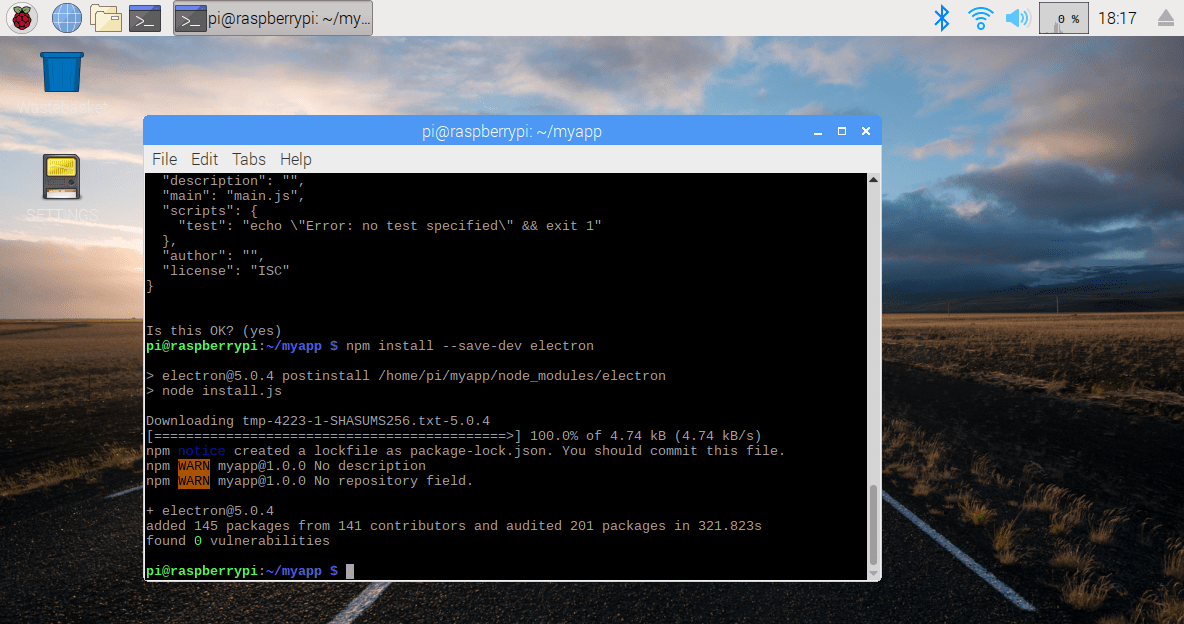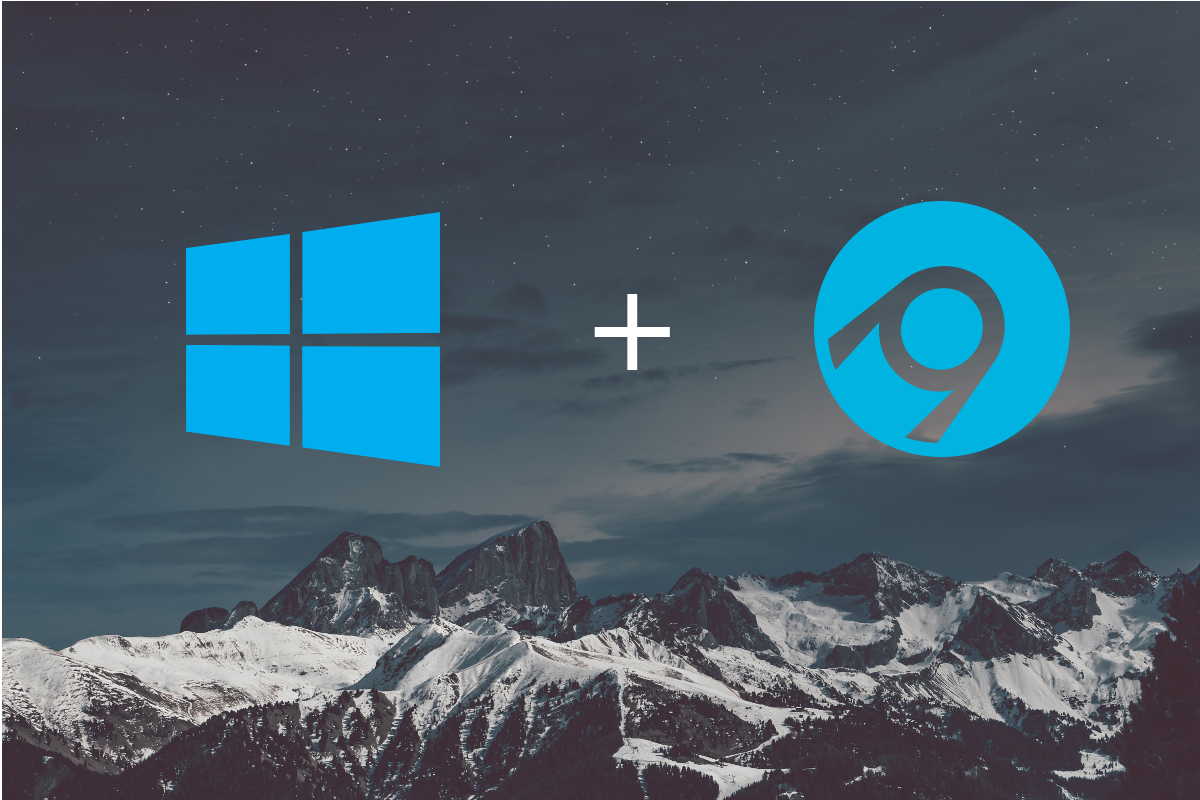

running it on OSX will create - $ npm run dist |- mac | |- appname-version-mac.zip | |- appname-version.dmg | |- appname.app By default build command will only generate the installer for current platform and current arch. To package your app into an installer use command: npm run dist You’ve successfully configured electron-builder. The latest stable version is Android 12 (API 32).On windows build you can also use NSIS target which is the default one and recommended by electron-builder. In the above image, the SDKs for Android 10 (API 30) and Android 11 (API 31) are installed. To get started, you only need to install one API version. In Android Studio, open Tools -> SDK Manager from the menu and install the platform versions you'd like to test with in the SDK Platforms tab: Make sure to install the Android SDK Tools, and a version of the Android SDK Platforms for API 22 or greater. Once Android Studio has been installed, you need to install an Android SDK package.ĭeveloping Android apps requires some Android SDK packages to be installed. Capacitor 4 requires a minimum of Android Studio 2020.1. You can install Android Studio by going to the Android Studio download page. Android Studio Īndroid Studio is Google's IDE for creating native Android applications. Once you've installed the core requirements, as well as an Android SDK with Android Studio, you'll be able to create both Android applications and PWAs. Will automatically install the proper JDK for you. You do not need to separately install the Java Development Kit (JDK). Once Xcode has been installed, you can install the Xcode Command Line Tools by running the following command in your terminal: The Xcode command line tools are additional tools not included with the core of Xcode that are required for building and testing your application. Capacitor 4 requires a minimum of Xcode 13. You can install Xcode by using the Apple App Store on your Mac. Xcode is Apple's IDE for creating native macOS, iOS, and iPadOS applications.

Once you've installed the core requirements, as well as Xcode, Xcode Command Line Tools, and Cocoapods, you'll be able to create both iOS applications and PWAs. In order to develop iOS applications using Capacitor, you will need four additional dependencies: While there are solutions like Ionic Appflow that can be used to perform iOS cloud builds if you don't have a Mac, it is highly recommended to have the tools available to you locally in order to properly test your Capacitor application. With Node installed, you can get started with creating Progressive Web Applications (PWA) with Capacitor.


 0 kommentar(er)
0 kommentar(er)
